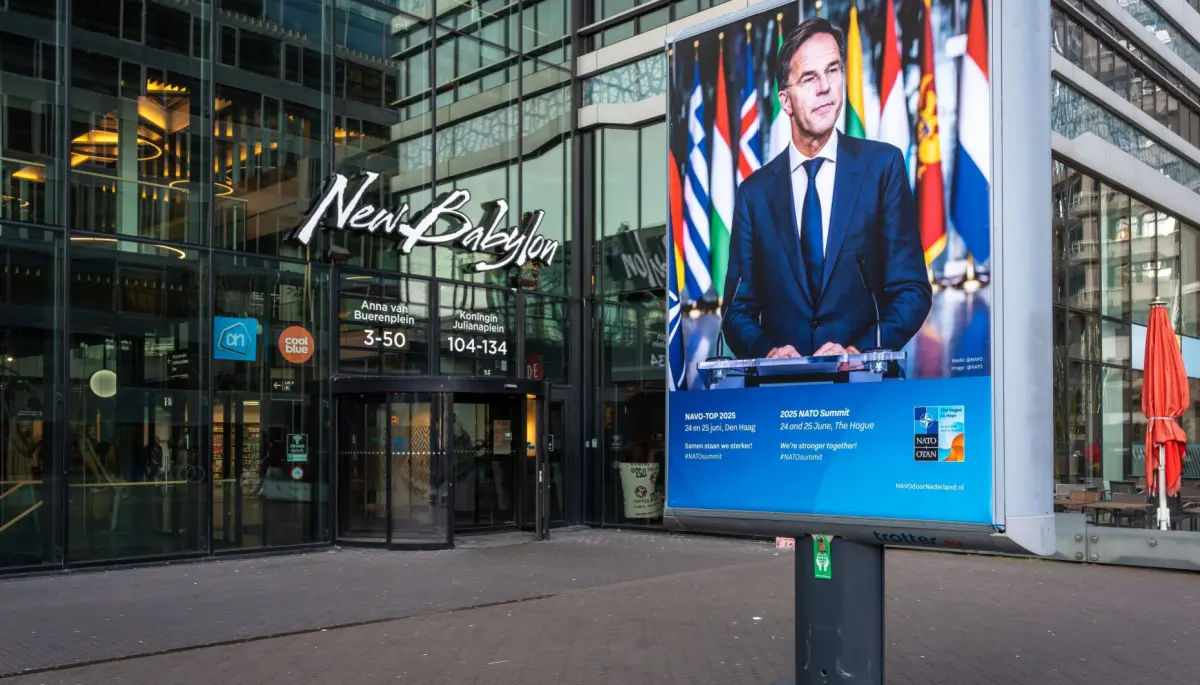In the wake of significant global security concerns, the NATO summit in The Hague has garnered attention for both its political implications and technological discussions. The gathering, which features the robust protection of high-ranking officials, marks an essential moment for Europe’s digital safety amidst rising online threats.
The Digital Landscape and NATO
With The Hague transformed into a fortified zone, the heightened focus on digital safety reflects a serious concern shared among NATO member nations. The National Cyber Security Centre (NCSC) noted a flurry of Distributed Denial of Service (DDoS) attacks targeting various Dutch organizations ahead of the summit. These actions reportedly stem from pro-Russian groups attempting to create discord during this pivotal meeting. The intensified activity of cybercriminals, especially from Russia and China, underlines a broader trend of increasing digital threats against significant political events.
Significance of Increased Defense Spending
The NATO summit opened this morning with discussions led by Secretary-General Mark Rutte, who emphasized the necessity for enhanced defense spending. Member nations have agreed to raise defense expenditures to 5% of their Gross Domestic Product (GDP), with a substantial portion allocated to cybersecurity. This shift in funding will not only help bolster traditional military capabilities but also support advancing digital infrastructures, aligning with urgent contemporary security needs.
Blockchain: A Defense Mechanism
As cybercrime presents an ongoing challenge, the NATO Association has identified blockchain as a possible method to combat these digital threats. The secure and transparent characteristics of blockchain technology are seen as essential for maintaining resilient communication channels and ensuring accurate tracking of defense resources. Companies within the Web3 sector, including those focusing on smart contract audits and Know Your Customer (KYC) protocols, could play a crucial role in developing more secure digital frameworks in light of these evolving threats.
Legislation in Response to Cryptocurrency Risks
In parallel to NATO’s initiatives, the European Union is advancing regulations targeted at eradicating anonymous cryptocurrency accounts and addressing financial privacy concerns. The Anti-Money Laundering Regulation (AMLR), set to take effect in 2027, reflects growing unease regarding the misuse of privacy-focused cryptocurrencies by criminal organizations. These regulations aim to strike a balance by promoting the use of regulated stablecoins, which offer traceability and are gaining traction among investors.
Community Impact and Future Trends
The intersection of defense, technology, and financial systems signifies a shift in how countries are approaching both security and economic resilience. The discussions at the NATO summit not only highlight current vulnerabilities but also present opportunities for growth in blockchain and Web3 industries, showing their potential as strategic weapons in a digital landscape fraught with challenges. As discussions regarding security and technology continue to evolve, stakeholders across sectors need to treat these advancements with seriousness and foresight.
In a world where the lines between security and technology are increasingly blurred, the developments from the NATO summit serve as a reminder of the collective duty to safeguard both national and digital infrastructures for future generations.


